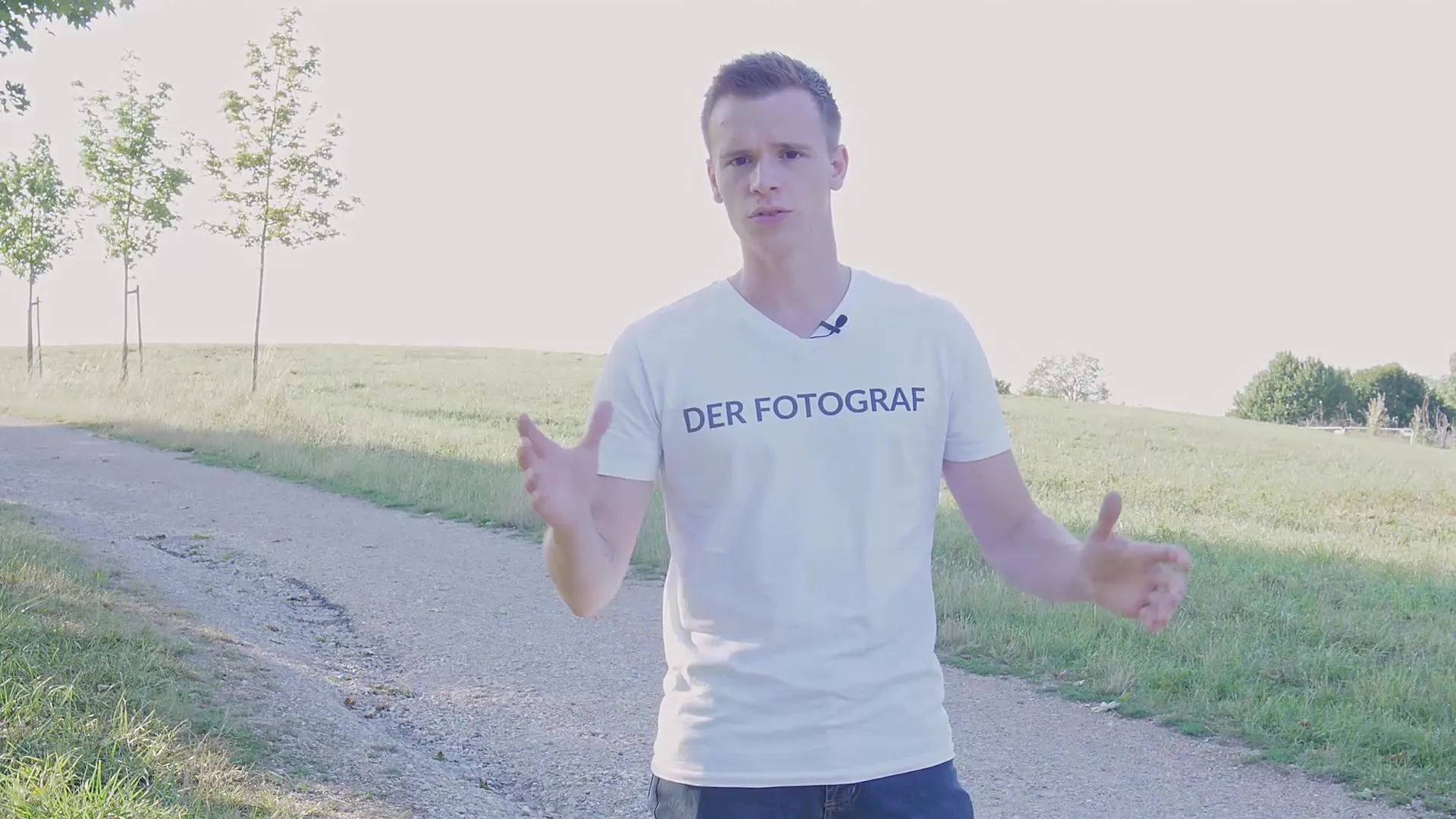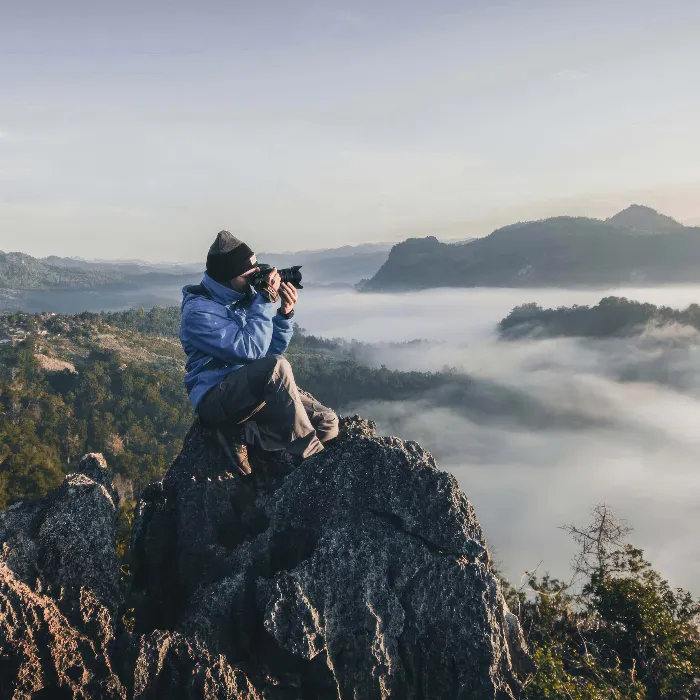The decision between manual and automatic focus can make the difference between a great photo and a failed image. In our tutorial, we cover the nuances of both focusing methods and help you make the right choice in different situations. Have you ever wondered when you should better focus manually? Let's find out together!
Key Insights
- Manual focus is particularly useful in difficult lighting conditions or when photographing moving subjects.
- Autofocus often struggles in darkness, while manual focus becomes a valuable aid here.
- For special shots, such as long exposures or backlighting, there are clear advantages to manual focus.
Step-by-Step Guide
Step 1: Understanding what autofocus and manual focus are
Before you sit behind your camera, you should know the basic differences between autofocus and manual focus. Autofocus is an automatic system that tries to sharpen the image by finding a contrast point. Manual focus, on the other hand, requires you to adjust the sharpness yourself, giving you more control over the result.
Step 2: Identifying situations that require manual focus
There are certain scenarios where autofocus simply does not work reliably. Particularly when photographing in darkness, you may have difficulty finding a suitable point for focusing. In these cases, manual focus is your best choice.
Step 3: Mastering long exposures
During long exposures, autofocus often won't be able to function precisely when there is little light. Here, manual focus helps achieve the right sharpness, even when the image is largely dark. You would need to go into the camera settings and activate manual focus.
Step 4: Focusing in difficult lighting conditions
As soon as you're struggling with light design, such as dealing with backlighting, autofocus may ultimately fail. These challenging conditions require skill and experience. Again, manual focus is of significant value here. You are able to precisely focus on the desired area.
Step 5: Focusing on moving subjects
When photographing moving objects — like flowers swaying in the wind — autofocus often tends to focus on the background instead of the main subject. Using manual focus allows you to direct the sharpness to the desired subject, even if it is moving.
Step 6: Filming with the camera
If you want to film with a DSLR camera, you'll find that autofocus often doesn't keep up quickly enough to capture the respective scene correctly. In such cases, manual focus becomes a necessity. Although mirrorless systems perform better in this regard, with some practice, you can also achieve effective shots with a DSLR camera.
Step 7: Practice makes perfect
Of course, you shouldn't completely neglect autofocus. In most shots, with a bit of practice and the right mode, you can photograph almost everything with autofocus. Make sure your autofocus field is correctly positioned, and take the initiative to get started!

Summary – Manual or automatic focus? How to make the right choice
In summary, both focusing types have their justification. Autofocus can provide advantages in many situations, but manual focus clearly has its advantages in specific challenging circumstances (especially in poor lighting and with moving subjects). Apply the discussed steps to achieve the best results in photography.
Frequently Asked Questions
How does autofocus work?Autofocus uses contrast points to automatically sharpen the image.
When should I use manual focus?Use manual focus in poor lighting conditions, long exposure shots, or for moving subjects.
Are mirrorless cameras better at autofocus?Yes, mirrorless systems have faster and more effective autofocus when filming than DSLR cameras.


